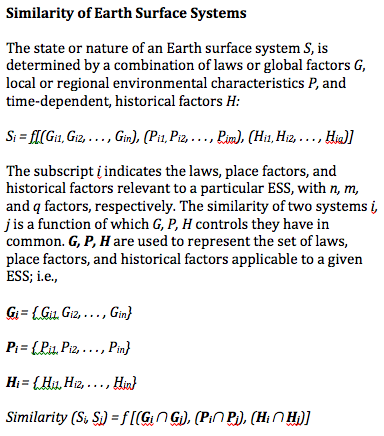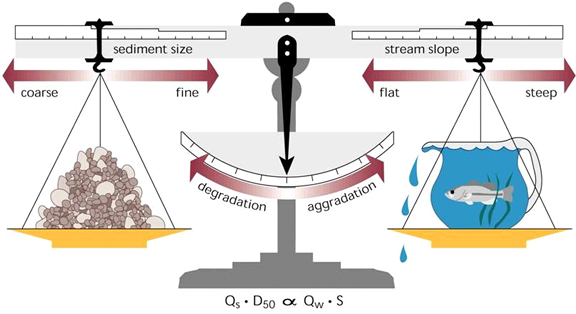TELECONNECTIVITY
Last month the climatologist Justin Maxwell from Indiana University gave an interesting talk at our department about drought-busting tropical cyclones. In his talk, and in conversations before and after with our physical geography crew, he had some interesting things to say about climate teleconnections involving mainly sea surface temperature and pressure patterns such as ENSO, NAO, etc. If teleconnections and the various acronyms are unfamiliar, check out the National Climatic Data Center’s teleconnections page: http://www.ncdc.noaa.gov/teleconnections/



